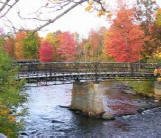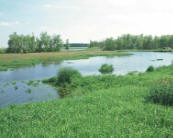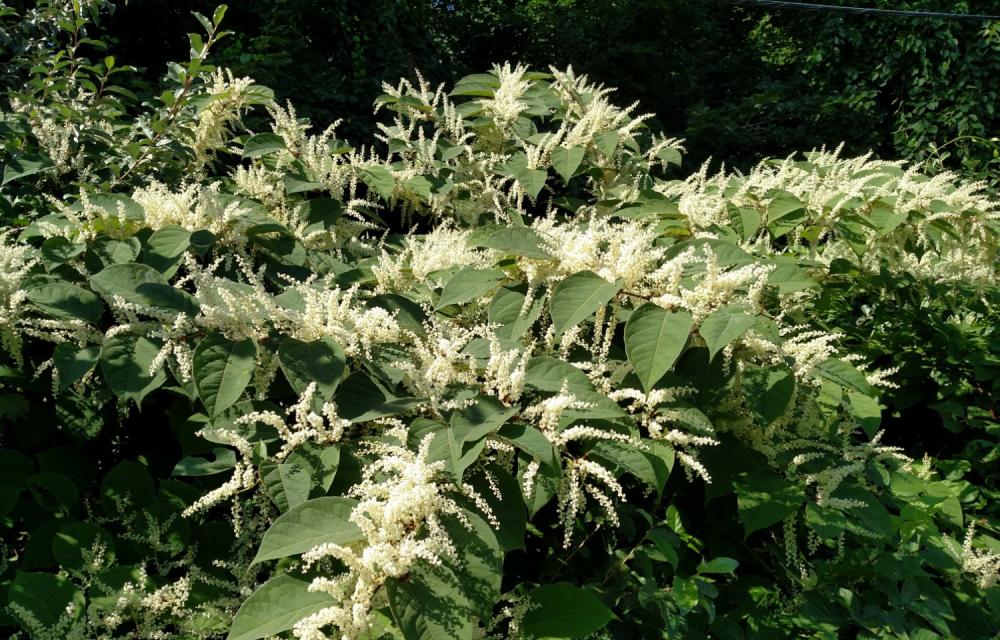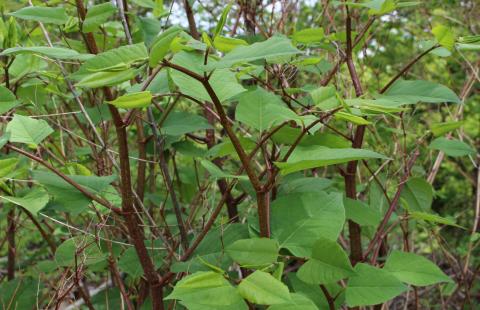 |
 |
 |
 |
 |
|
Tilton Conservation
Commission 257 Main Street, Tilton, NH 03276 |
| , Tilton, NH 03276 |
|
Home |
Members |
Minutes |
Checklist for Developers |
Buffalo Park |
Easements |
Newsletter |
Forms |
Links |
Contact Us |
Pictures
|
 |
 |
 |
 |
 |
Information About InvasivES
NH Law -
http://www.generalcourt.state.nh.us/rules/state_agencies/agr3800.html
Fact Sheets from NH Department of Agriculture
Prohibited species -
https://www.agriculture.nh.gov/publications-forms/documents/prohibited-invasive-species.pdf
UNH
Cooperative Extension:
https://extension.unh.edu/resource/invasive-plants
https://extension.unh.edu/resource/new-hampshire-guide-upland-invasive-species
Alternatives -
https://extension.unh.edu/resource/alternatives-invasive-landscape-plants-fact-sheet
TCC-Suggested Links to
Specific Invasives
- trees, shrubs and vines
Apps:
EDDmapS - https://www.eddmaps.org/
EDDmapS Pro -
https://apps.bugwood.org/apps/eddmaps-pro/
Outsmart Invasive Species
https://apps.bugwood.org/apps/outsmart/
Japanese Knotweed - Invasive Species
(sometimes called bamboo - it isn't)


According to UNH Cooperative Extension, Japanese
Knotweed (Reynoutria japonica) is an extremely fast growing invasive
herbaceous plant in the buckwheat family. Native to
Asia, it was introduced to the United States sometime during the late 1880's as
an
ornamental plant.
Unfortunately, it crowds out native species and can grow at a rate of up to 8
centimeters ( 3.15 inches) a day in the
spring. It's found in every state except North
Dakota, Nevada, Arizona, New Mexico, Texas, Florida, and Hawaii.
Many people mistake
Japanese knotweed for bamboo, but, unlike bamboo, the plant has large,
semi-triangular leaves that alternate
on the stem. It can grow through asphaltand concrete,
and reach heights of nine feet. Its woody rhizomes can grow up to 10 feet deep
and 40 feet long. It can remain dormant for years. It
can also regenerate fromrhizome pieces as small as half an inch. This makes
it difficult to eradicate. Small populations can be controlled by
continually cutting the canes and digging up the roots.
All cuttings should
be allowed to dry in the sun before disposal. It should NEVER be composted.
Knotweed should not be mowed,
as mowing can result in spread. Under the right
conditions, mowed or cut stem fragments can root at the nodes.
Smothering is another alternative, but involves using
heavy duty (7-mil) black plastic or weed fabric for a 3-5 year period.
Herbicides containing
the active ingredient glyphosate (Roundup) can kill Japanese knotweed, but it
may take 3-5 years
of
repeated applications to eradicate it. Glyphosate is best applied just after
flowering until frost.